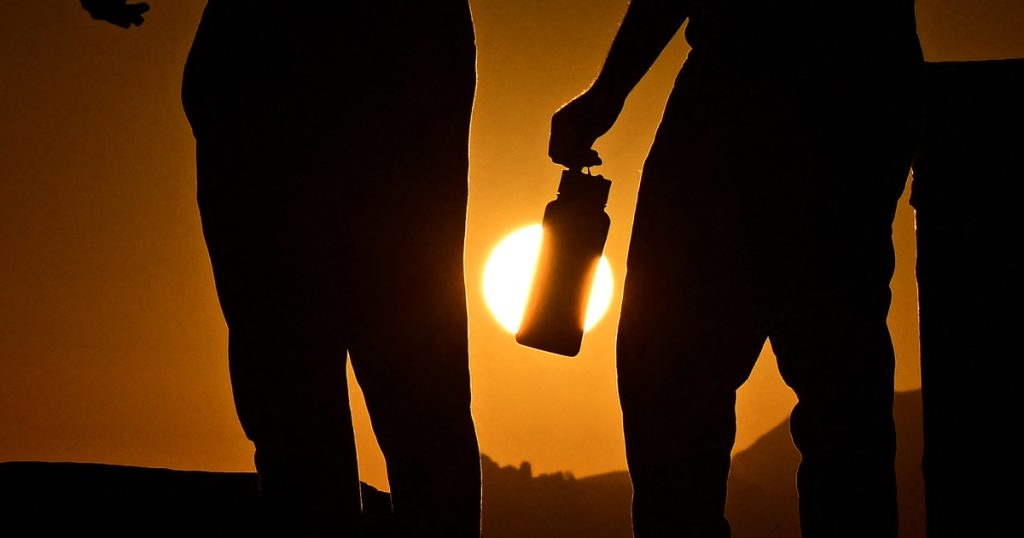Heat-related deaths in the United States are a significant concern, with the Centers for Disease Control reporting around 2,300 heat-related deaths nationally last year. However, a study from Texas A&M suggests that the actual number of deaths could be much higher, estimating that approximately 11,000 Americans may have died from extreme heat in the same year. In response to these alarming statistics, a new pilot program is being developed in California to enhance the state’s heat warning system and provide more timely information to communities. The goal is to improve understanding of the impacts of extreme heat and develop heat protocols to protect individuals at home, in schools, and at work.
Communities across the country are already implementing various strategies to combat the effects of extreme heat, such as planting more trees, installing air conditioning systems, and establishing cooling centers. However, there is a need for more specific and personalized information to be provided to individuals to help them better navigate extreme heat conditions. Research published in Nature by Jennifer Vanos from Arizona State University explores how a person’s unique physiology can influence their response to temperature and humidity. This research could potentially lead to the development of personalized weather apps that offer detailed information about safe activities based on an individual’s specific circumstances.
In anticipation of rising temperatures and the associated challenges, cities like Los Angeles and Los Angeles County are in the process of finalizing Heat Action Plans to address heat-related issues. The state of California has already established an Extreme Heat and Community Resilience Program, which provides grants to local governments and community groups to develop cooling strategies and mitigate the impact of extreme heat. Additionally, UCLA has received funding from NOAA to establish a Center for Heat Resilient Communities, aiming to work with 30 communities over the next three years to develop strategies for building heat-resilient communities.
V. Kelly Turner, an Associate Professor of Urban Planning at UCLA, emphasizes the importance of empowering individuals with detailed and personalized information to help them navigate extreme heat safely. She envisions a future where individuals have access to not only weather apps on their phones but also apps that take into account personal data to provide tailored heat safety recommendations. This approach could be particularly beneficial for outdoor workers in industries such as construction and agriculture, providing them with specific guidance on how to stay safe in hot and humid conditions.
The collaboration between researchers, policymakers, and communities to address the impacts of extreme heat is crucial in building resilience and protecting vulnerable populations. By combining scientific research on physiology and meteorology with practical strategies like urban greening and cooling infrastructure, communities can better prepare for and respond to extreme heat events. The ongoing efforts in California and other parts of the country to develop heat action plans and implement cooling strategies demonstrate a commitment to enhancing resilience and protecting public health in the face of increasing temperatures. Through these initiatives, communities can work towards creating a more heat-resilient future for all.


